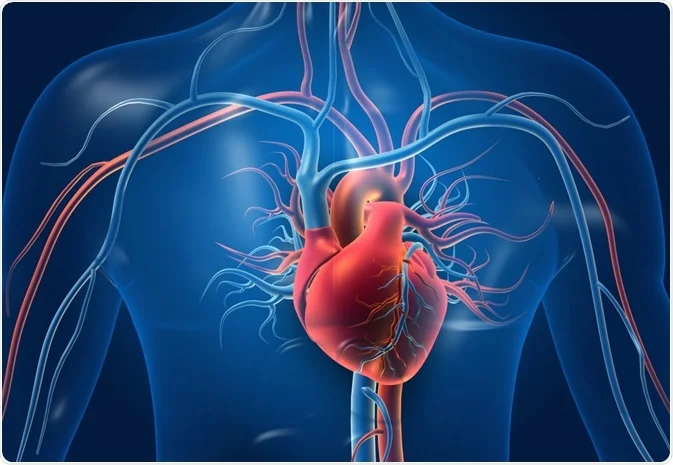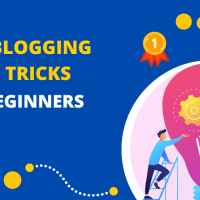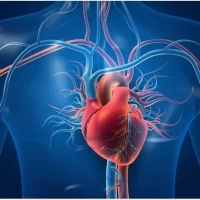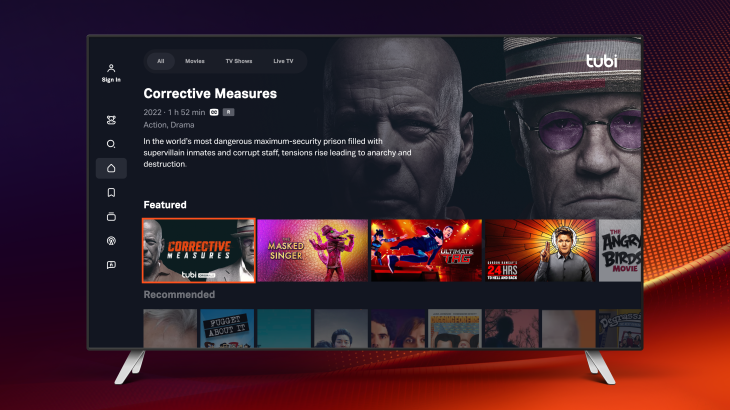Master the Basics
In the realm of swimming, mastering the basics is the first critical step before advancing to more complex aspects of this water sport. It begins with understanding the basic swimming strokes, such as the freestyle, backstroke, breaststroke, and butterfly. Not only does each stroke employ different muscle groups, but they also require varying degrees of coordination and rhythm. Learning these strokes can provide a solid foundation for honing your swimming proficiency.
Another pivotal aspect of basic swimming skills is the understanding of buoyancy and balance in the water. Navigating through water demands a different understanding of body movement and mechanics, unlike any land-based activity. Perfecting the elementary techniques of bobbing, floating, treading water, and gliding can give you the confidence and ease of movement in the water. Emphasis should be laid on acquiring these skills, as they are the building blocks to becoming a proficient swimmer.
Improve Stroke Technique
Enhancing your swimming performance and speed fundamentally relies on the fine-tuning of your stroke technique. A correct stroke technique not only ensures that your movements in the water are fluid and efficient but also minimizes the risk of injuries. For instance, a properly executed freestyle stroke allows a swimmer to glide smoothly through the water with minimal resistance, maximizing speed and conserving energy. Every phase of the stroke, from the catch to the recovery, should resemble a well-choreographed dance, where every movement flows seamlessly into the next.
Every stroke technique requires a nuanced understanding of how the body interacts with water. Poor technique, such as an incorrect hand entry or unbalanced body roll, can lead to drag and wasted energy. To mitigate these issues, one must invest considerable time practicing in the pool and seeking feedback from a coach or experienced swimmer. It’s equally vital to dissect every part of the stroke, from understanding the function of each body part to the precise timing of movements. Even the smallest adjustments in your stroke technique can lead to significant improvements in your overall performance.
Breathing Control
Regular, rhythmic, and relaxed breathing is a key to efficient swimming. It not only keeps your body oxygenated for better performance but also helps in maintaining proper body position and balance in the water. Incorporating this skill in your swim routine may take time, but once mastered, it leads to a significant improvement in your stroke rhythm and overall swimming efficiency. Implementing effective practices like bilateral breathing – inhaling on one side and exhaling on the other – can provide symmetry to your stroke, thereby enhancing your speed and efficiency.
However, developing apt breathing control doesn’t come instinctively. It requires consistent practice and conscious effort. One useful technique is the bobbing drill, a basic exercise where you repeatedly submerge and resurface, synchronizing your breathing with this movement. This method allows your body to adapt to the water environment and helps train your lungs to inhale and exhale rhythmically. Another effective exercise is breath holding, which involves exhaling slowly while under the water and holding your breath for a few seconds before resurfacing. These exercises can significantly improve breath control and transform your swim experience.
Kick Effectively
Efficiency in swimming is largely related to the power and precision of a swimmer’s kick. Understanding how to effectively use your legs can propel you forward in the water, minimize drag, and maintain a balanced body alignment. Those new to swimming often underestimate the impact of a well-executed kick, focusing more on the upper body and arms. However, with expert coaching and thoughtful practice, anyone can enhance their kicking technique to maximize their swimming potential.
To see significant improvement, dedicate a portion of each training session to kicking drills. Using a kickboard can help isolate the lower body and allow for focused work on leg strength and flexibility. High-quality training fins can also be a worthwhile investment, aiding in the development of ankle flexibility—as this is a critical aspect of an efficient kick. Balancing the strength of your kick with consistent rhythm is fundamental. With time and patience, improved kicking technique can translate to increased swimming speed and stamina.
Increase Arm Strength
Building upper body strength, particularly in the arms, can significantly improve your swimming performance. It’s essential not only for propulsion through the water but also for maintaining a proper position and achieving a fluid, efficient stroke. Implementing arm-strengthening workouts which specifically target the muscles used in each swim stroke can help ensure that your body moves more effectively and efficiently in the water.
You can opt for gym workouts such as pull-ups, push-ups, rows, and other resistance exercises using rubber tubing or light weights. Since these activities mirror many of the movements performed in different swimming strokes, they become a vital tool in helping you gain strength where it’s most necessary. Moreover, you’ll also want to focus on exercises that build core and shoulder strength, as these areas provide a significant amount of the power required to swim effectively.
Understand Water Flow
Gaining a deep understanding of how water flow affects your swimming can significantly enhance your performance and energy efficiency. The water’s resistance can either be a swimmer’s biggest enemy or their greatest ally. Familiarizing yourself with this dynamic environment’s characteristics will help you navigate more effectively, making the water work for you rather than against you.
Adapting to the aquatic environment and learning how to maneuver through water without wasting energy is integral to becoming a better swimmer. It requires a balance between applying necessary force and simultaneously ensuring the body moves smoothly through the water. These adjustments pave the way for an improved swimming technique and enhance overall performance. It’s a gentle dance with the water flow, and mastering this dance is key to swimming success.
Interval Training
In the realm of competitive swimming, one technique has consistently proven to be a game-changer: interval training. It is often viewed as a powerhouse of fitness improvement, promoting not only speed but endurance, too. This training involves alternating between high-intensity and low-intensity activities, providing the athletes with the ability to maintain a greater degree of speed and performance for longer duration.
The science behind interval training is quite intriguing. During high-intensity periods, the body is pushed to its limits, forcing the heart to pump more blood and increase the oxygen circulation. On shifting to a lower intensity period, the body gets a brief moment of respite, allowing the heart rate to decrease and preparing the body for the next high-intensity round. Hence, it amplifies both cardiovascular fitness and muscle endurance, helping swimmers to achieve those crucial fractions of a second that can mean the difference between victory and defeat.
Use Swim Aids
Incorporating swim aids into your training routine can significantly accelerate your swimming progress. They can be an invaluable tool in helping swimmers to develop better stroke techniques, reinforce proper body positioning and enhance their overall swimming strength and efficiency. From kickboards and pull buoys to fins and paddles, there’s a vast array of swim aids available, each designed to target certain aspects of swimming. Therefore, it’s important to understand the purpose of each swim aid to utilize them effectively during training sessions.
However, while swim aids are beneficial, it is crucial not to become overly dependent on them. The goal should be to gradually reduce their use as one’s swimming skills improve. Even more, the inclusion of swim aids should never substitute the importance of mastering the fundamental techniques and mechanics of swimming. Ultimately, swim aids should serve as a supplement to one’s training, aiding in isolating specific areas for improvement and offering a varied and challenging workout.
Video Analysis
In an era where technology has seeped into every aspect of our lives, it’s no surprise that it also plays a vital role in refining our swimming skills. An invaluable means to achieve this refinement is through video analysis, a tool favored by many swimmers and coaches. The beauty of this tool lies in its precision and capacity to present an accurate picture of a swimmer’s style, a characteristic hard to come by through simply spectating.
The process involves capturing videos of a swimmer from various angles—above the water, underwater, from the front, and the sides. This diversity of viewpoints allows one to better understand their technique, posture, and body alignment in the water. They can spot minor imperfections and areas of improvement that are not easily noticeable otherwise. The ultimate aim of video analysis is to ensure that the swimmer moves through the water efficiently, in a seamless and fluid motion, minimizing drag and maximizing propulsion.
Consistent Practice
Nothing can replace the role of regular, dedicated practice in the pursuit to master swimming. It’s like the thread that holds the pearls of effort, skill, patience, and endurance together, forming a necklace of impressive swimming prowess. A critical part of making progress is setting aside regular time for swimming. This doesn’t necessarily mean you need to be in the pool every day but being consistent is key. It ensures that skill acquisition isn’t lost, maintaining momentum and keeping your body accustomed to the rigors of the sport.
As swimmers increase their training volume, not only do they strengthen their swimming skills, but they also develop a kinesthetic sensitivity – an innate sense of how their body moves through the water. This is something that only comes with time and practice. Just like playing a musical instrument or learning a new language, swimming demands practice on a regular and ongoing basis. In fact, many professional swimmers claim that it is only through consistency one can truly come to understand the medium of water and move through it efficiently and gracefully. It is through a consistent practice regime we can improve, build endurance, and gain confidence.



























